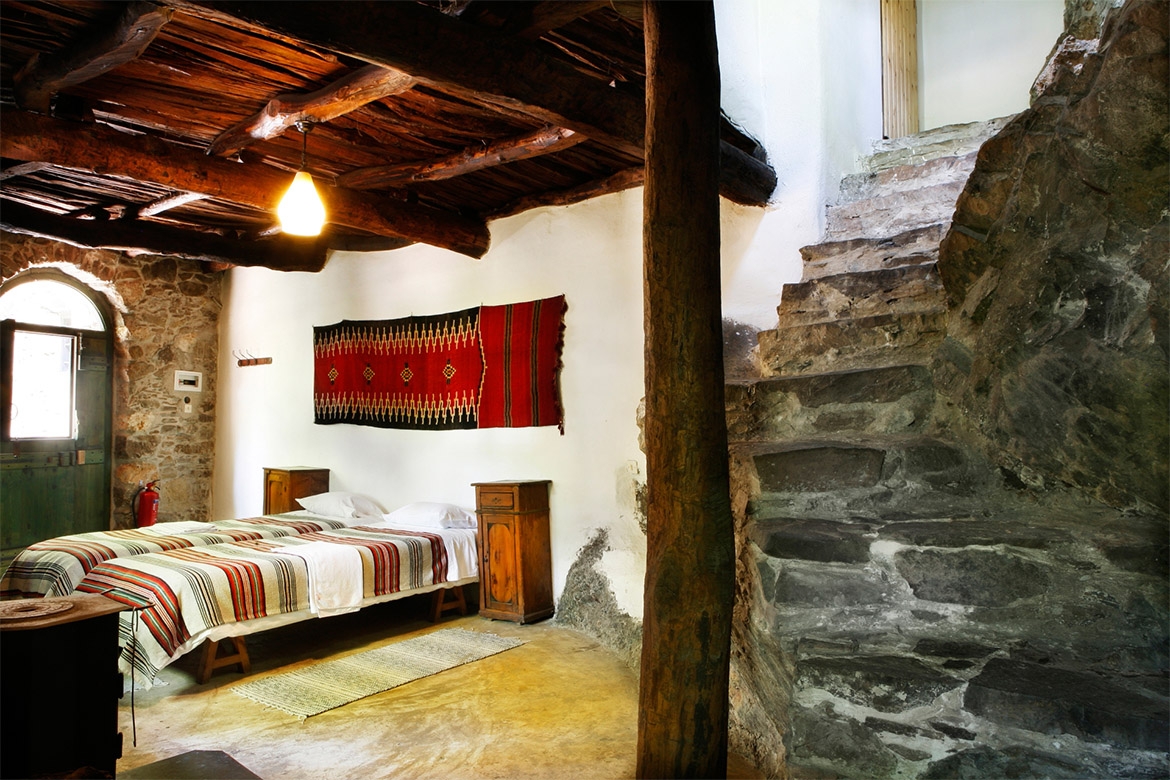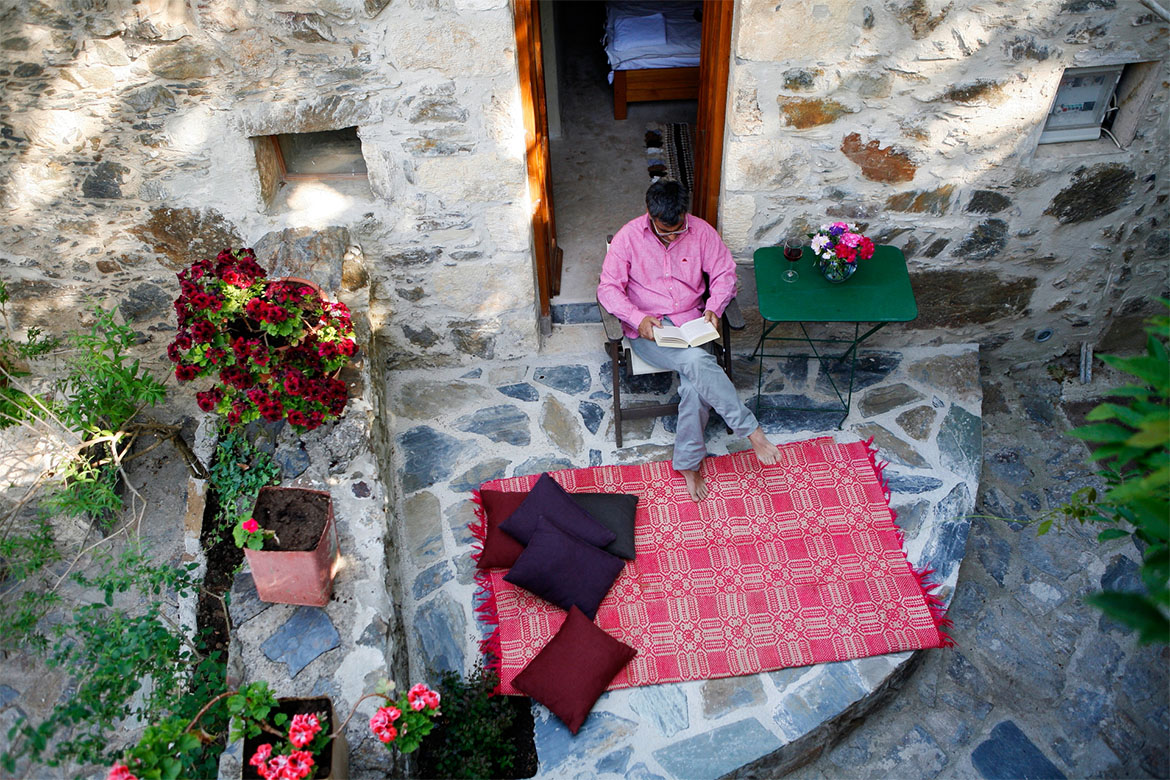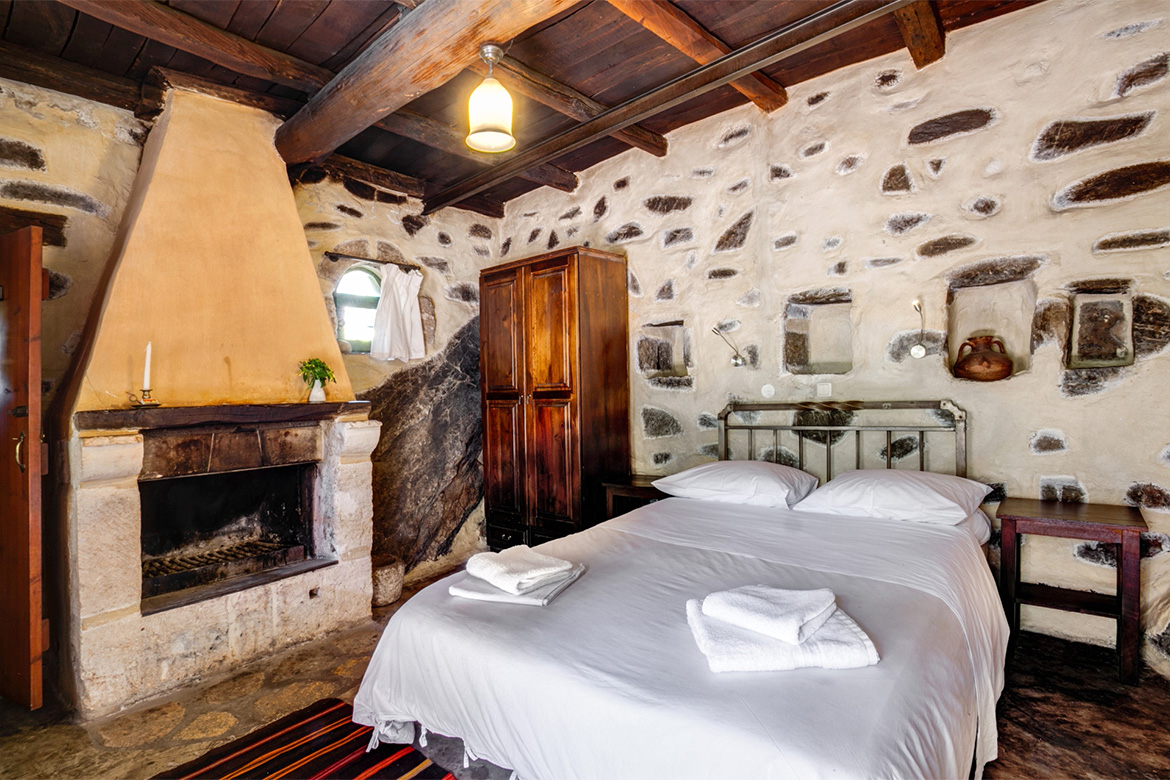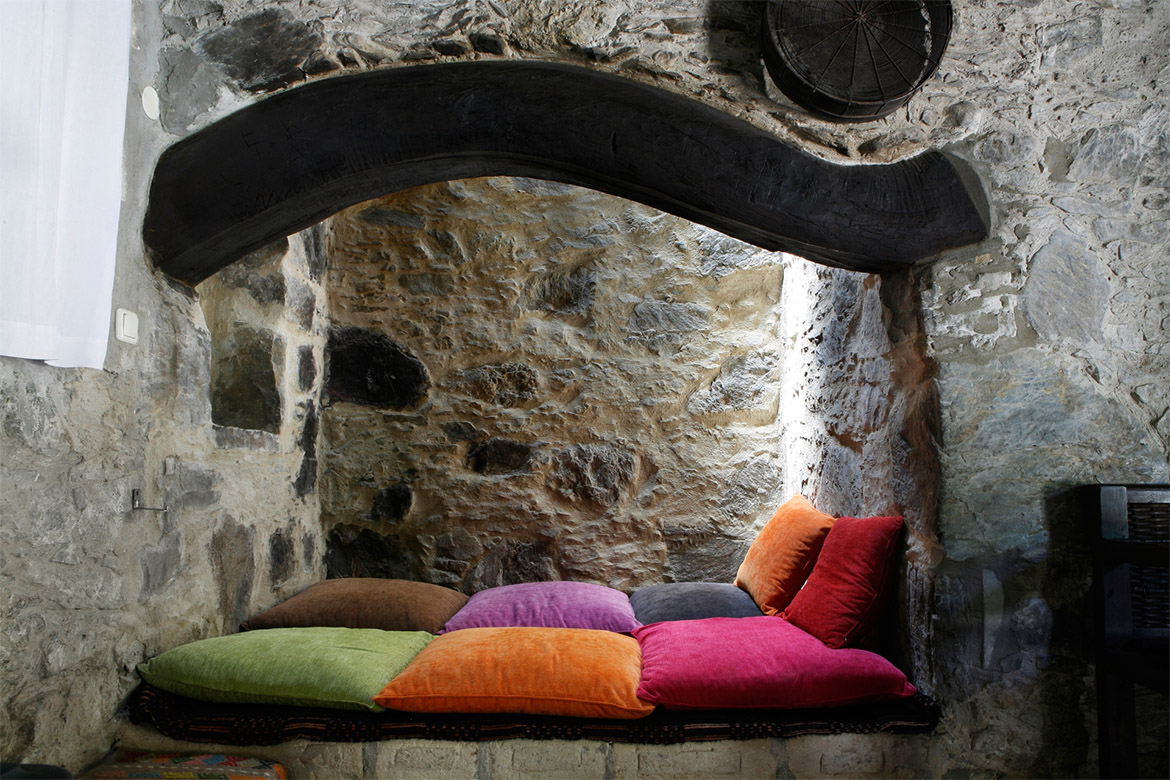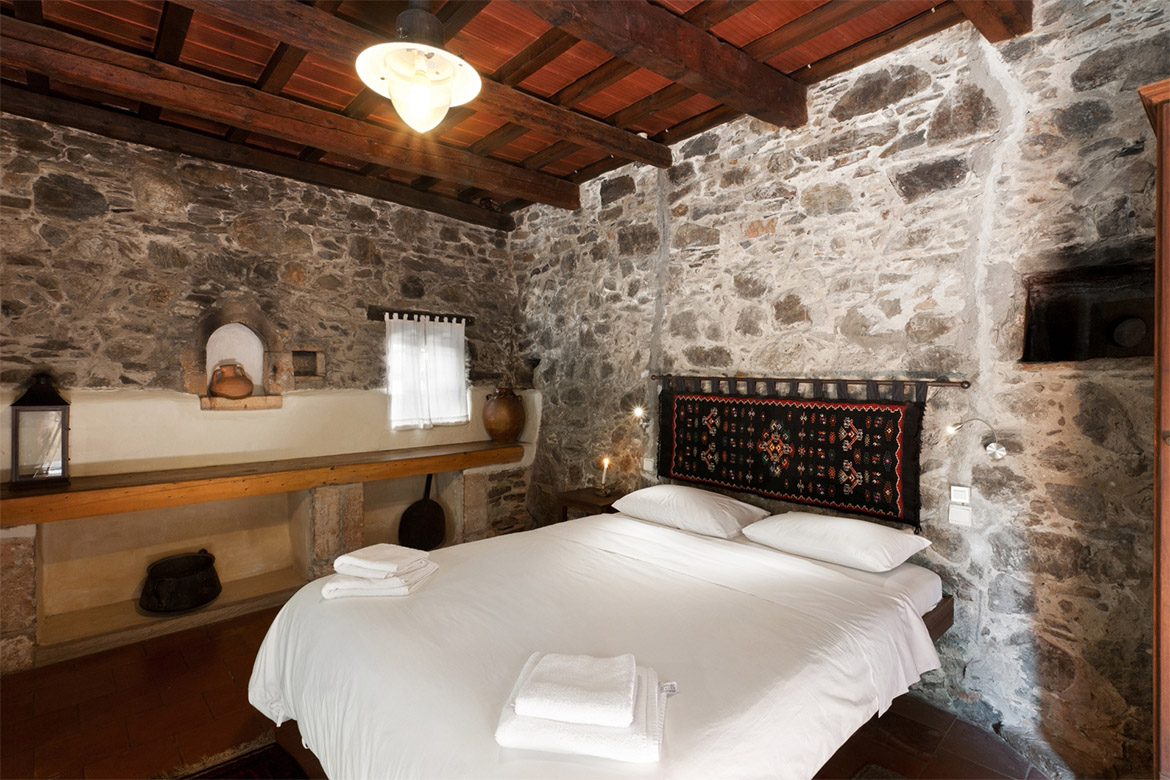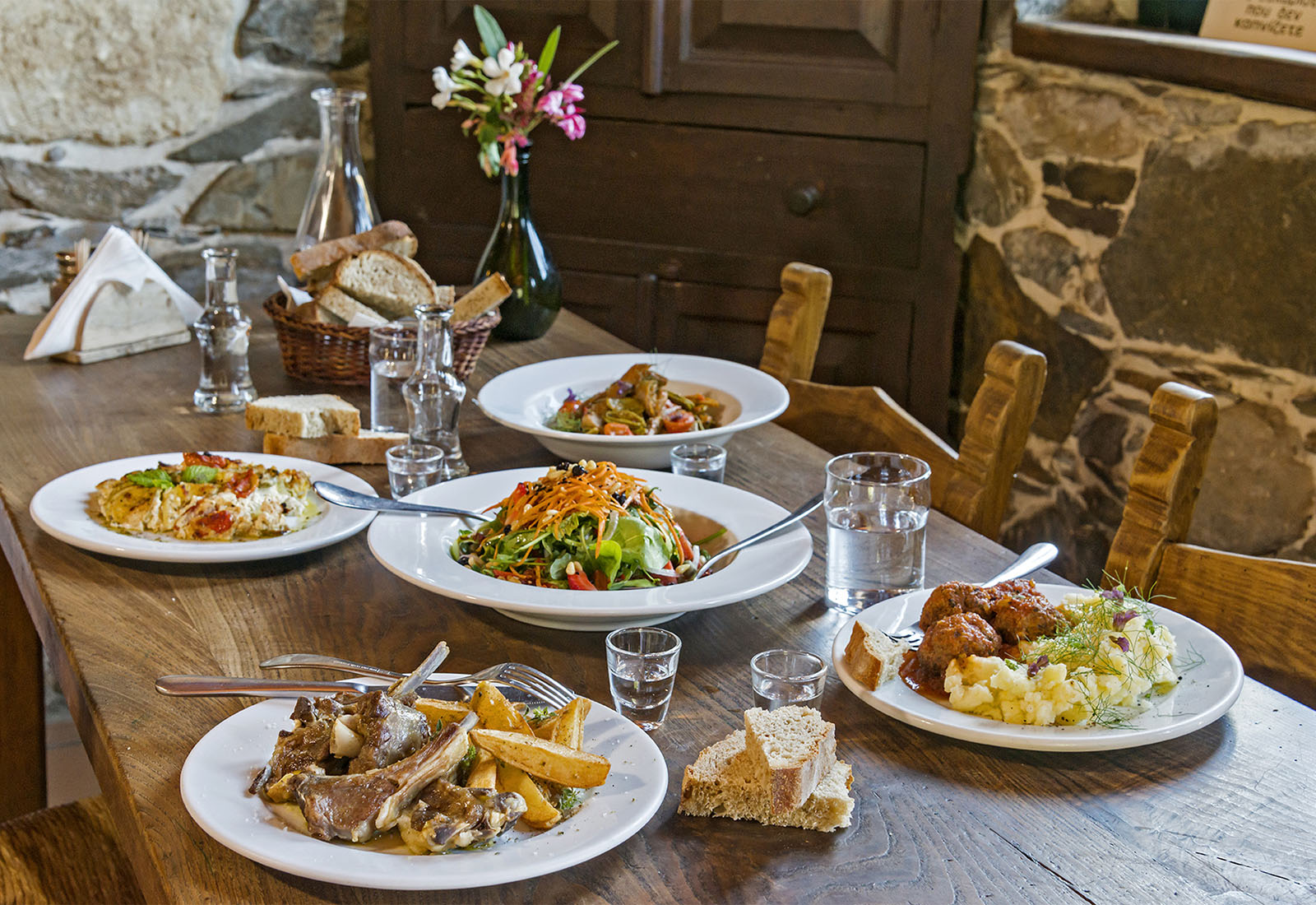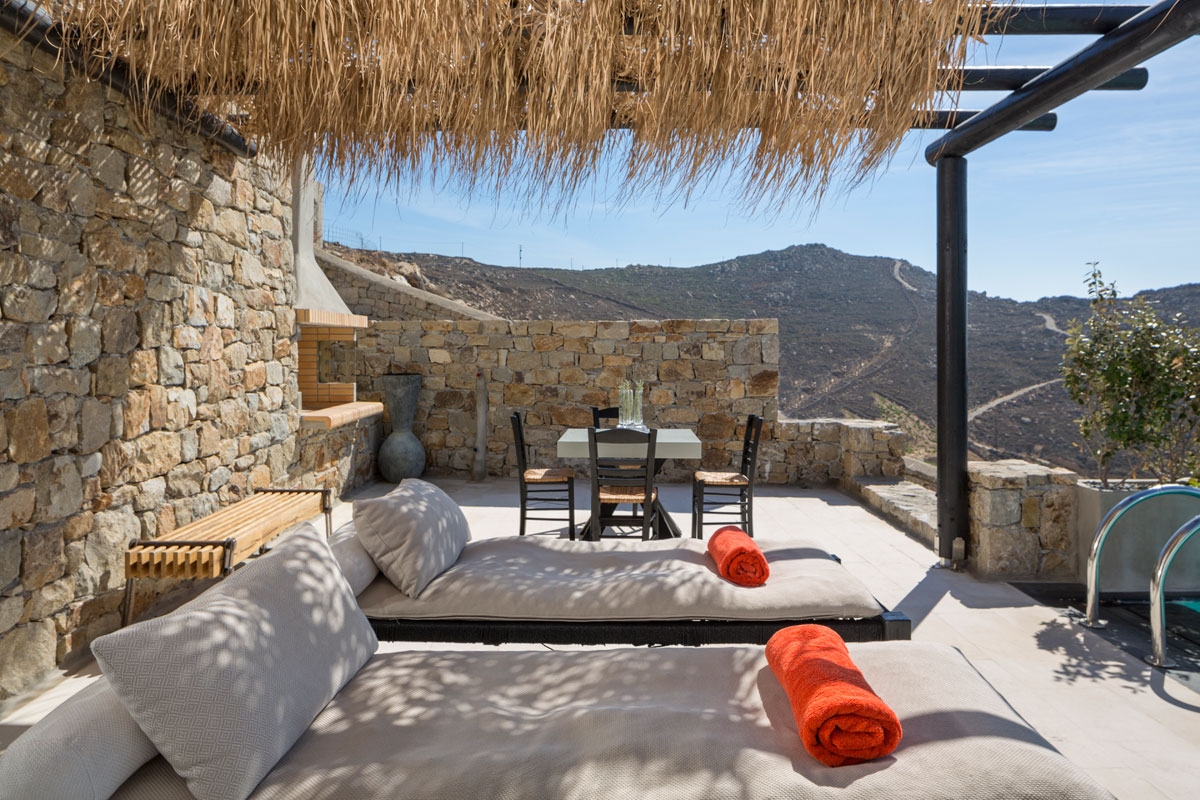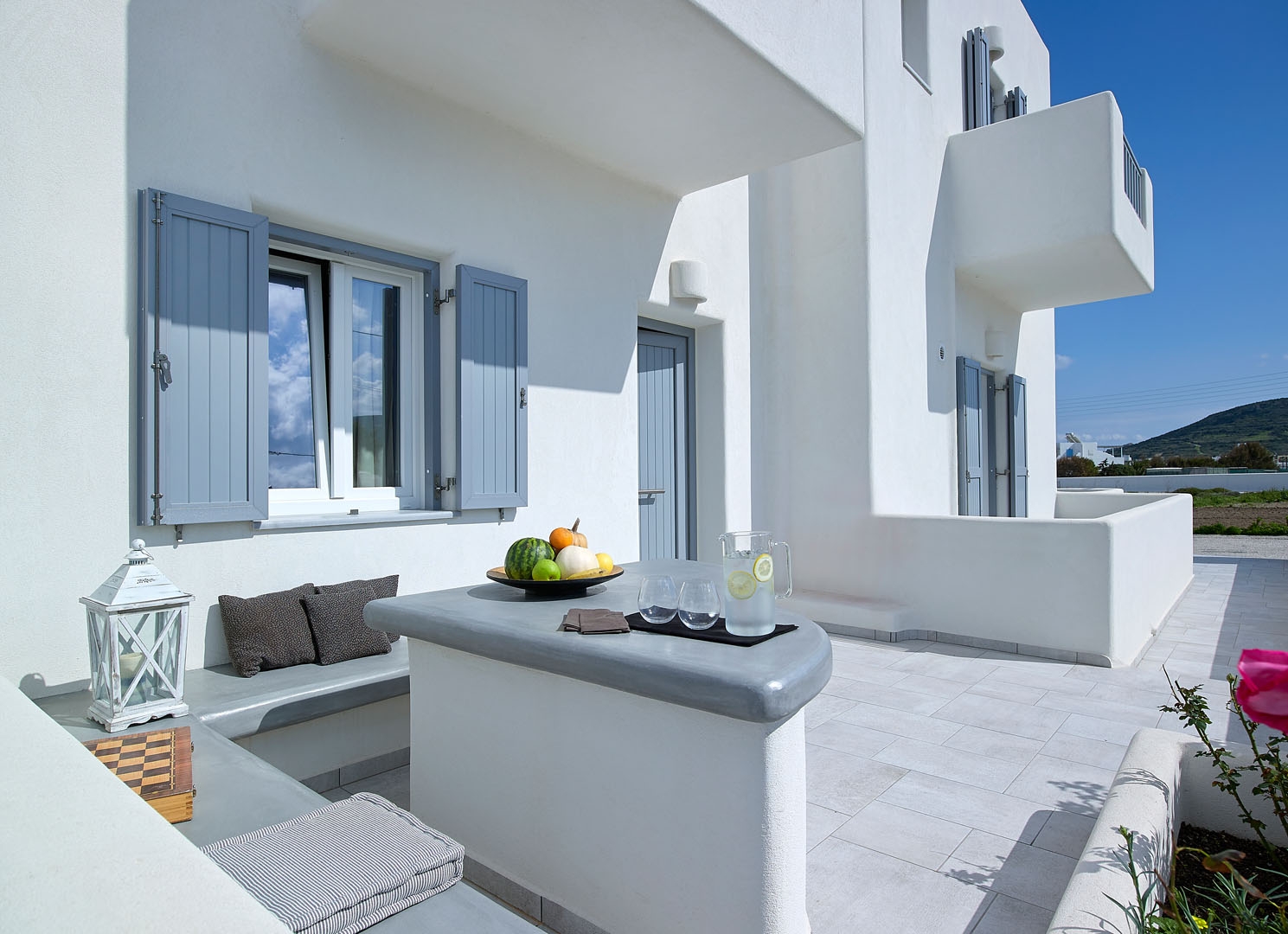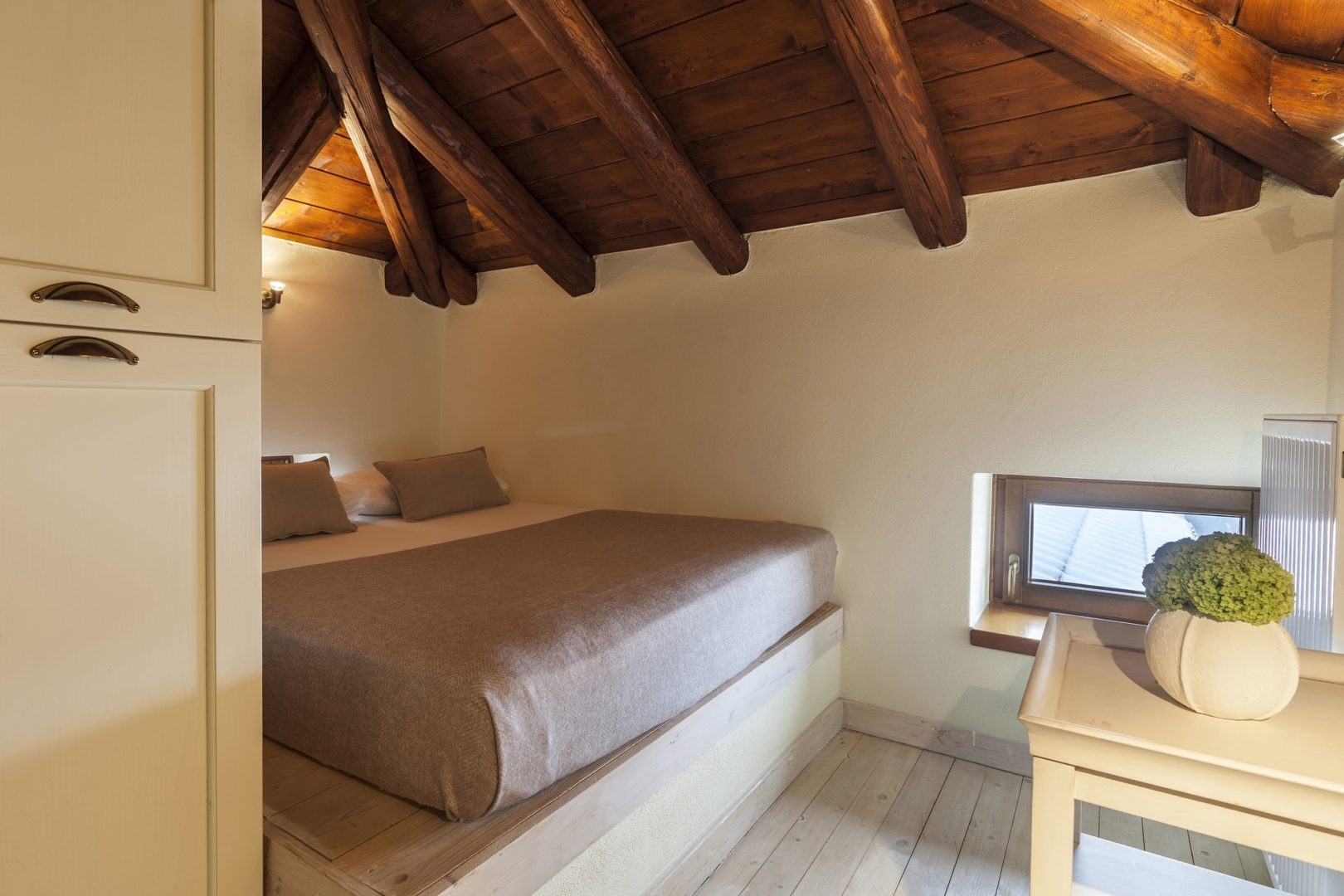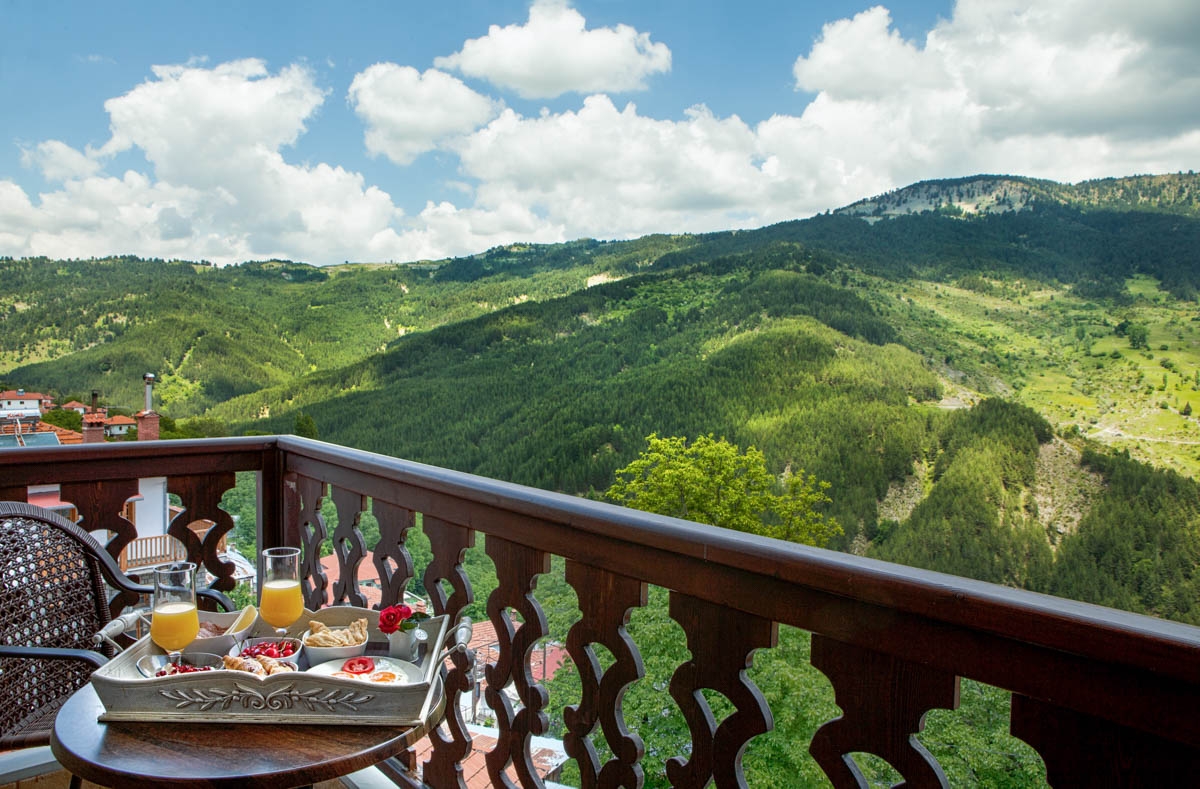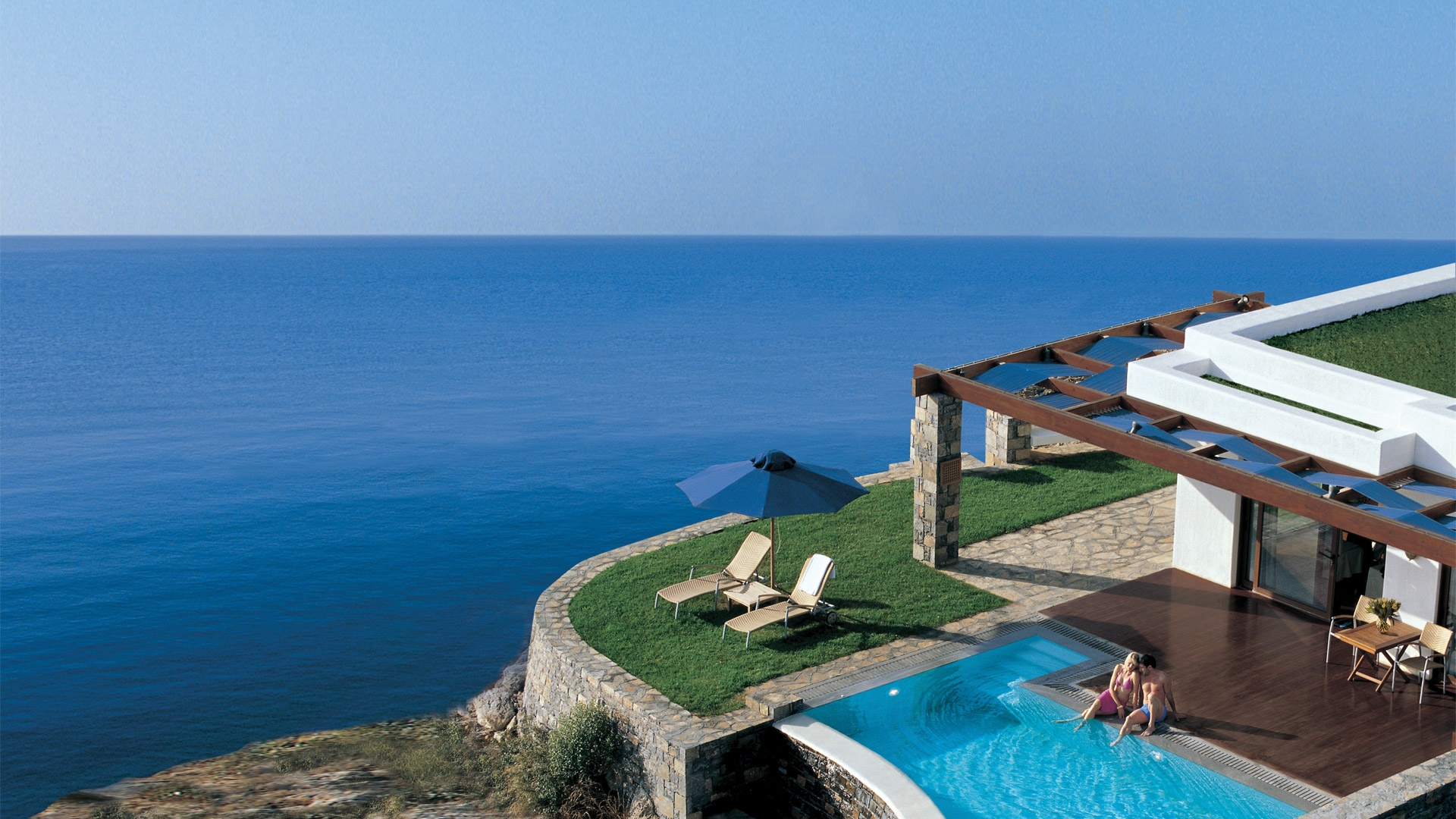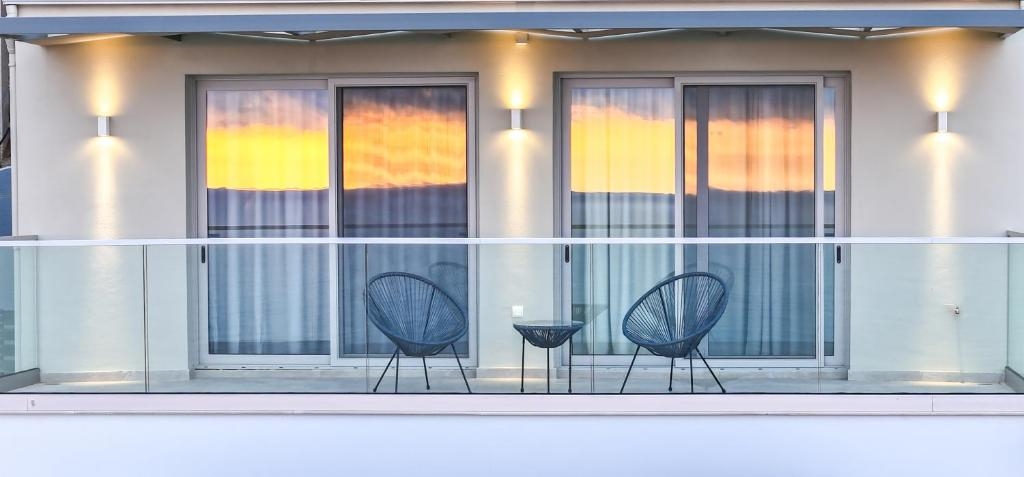Milia is located in a mountainous and environmentally sensitive area of Western Crete, at the prefecture of Chania and the center of Kissamos province. Our region belongs to the Natura network of protected areas.
The settlement is surrounded by a green valley formed by the mountains Kefali (Head) and Psilo (High), 550m above sea level. The mountainous landscape offers its distinctiveness to the people and their creations. This landscape defines us and forms our identity.
From day one, when we came up with the idea of the settlement restoration, our philosophy was clear.
“Our priority is to save and preserve the traditional cycle of life, serving both humans and the environment, with a view to the Cretan tradition and respect to the history of the land. It is our duty to promote the culture and the true identity of the region and its people, keeping our eyes open to the present and thefuture.”
30 years ago when we started “flirting” with the idea of making an alternative and sustainable project, implementing the terms ecology and tourism in it, locals could only think it was a crazy and daring plan.
We believed in Jacob Tsourounakis’ vision who wanted to see Milia thriving again, after four decades of abandonment and irrational human treatment that brought the land into an environmentally devastating condition. He wanted to cultivate the land again and harvest organic products, reforest, create a small stock-farming unit and restore what was left from the ruins of the medieval settlement.
At that point he was lucky. Around 1982, he met young George Makrakis, from the same village, whose family also owned some property in the area, so, they shared the “lunacy” (we call it “kouzoulada” in Crete) and put their hands down to work. Somewhere in the middle of this journey they came up with the idea to turn the houses into guestrooms. In 1990, they managed to include the whole project under the European funding programme Interreg, and thus, started the restoration which took about 3 years.
During this time, they chose the hard way and showed incredible respect to the ruins of Milia, refurbishing everything in great detail, so as to preserve their authenticity. All interiors were kept as in the past, with minor changes in order to add bathrooms. Exteriors were altered with the addition of patios and alleys. The geomorphology was also kept intact, keeping the amphitheatric architecture of the settlement, and thus, adding to the harmony of the buildings in their natural habitat. All stones and wood used, came from Milia and nearby villages, all construction that took place was of a small scale, in absolute balance to the surroundings, and the building technique was the old-fashioned one. All the technicians and builders who worked were exclusively from the nearby villages. All the resources were used to the full and the ecological footprint of all the works was almost zero.
So, in Spring 1993, the guesthouses and a small restaurant supplied by the exclusive use of the farm and local products, started to be in full swing. It was truly unique for the visitors of the island, as well as, all the locals. Slowly and gradually, the whole project proved successful.
Five years later, Tasos, from Athens, joined the crew and was really lucky to bump into these men and share their passion. In 2000, a new restaurant was built on the same principles of the Milia mountain retreat, which is believed by many of our visitors to have the best atmoshere in Crete. Today, Milia is managed by George and Tasos, and together with their partners, they all continue this effort following the old compass.

